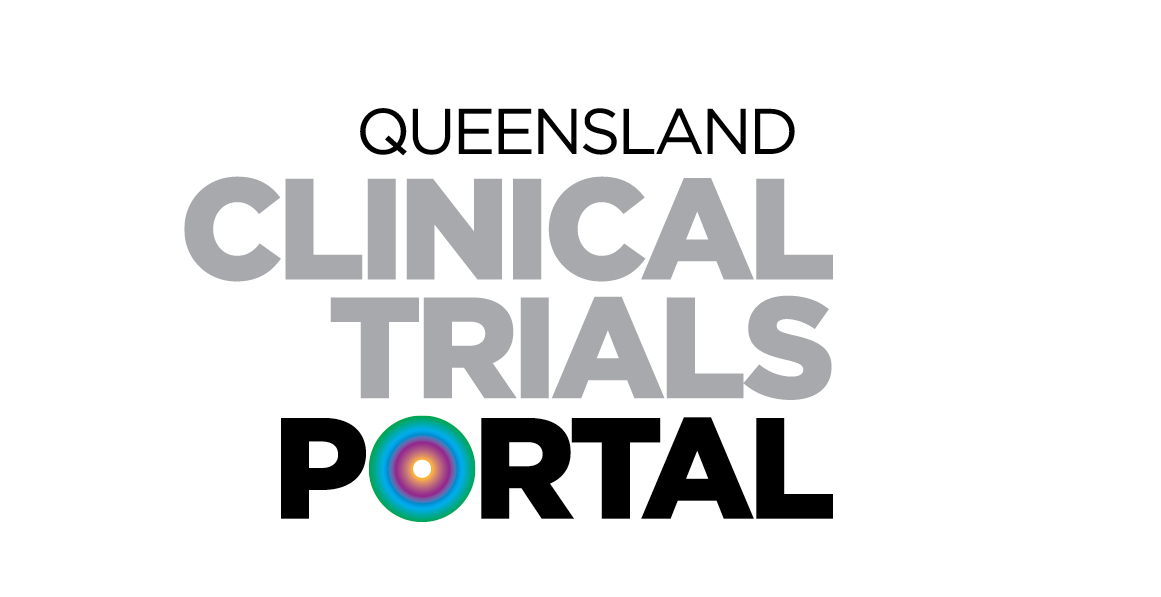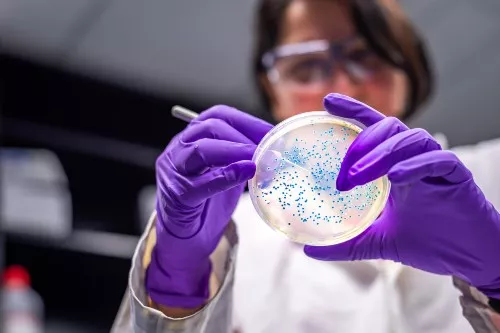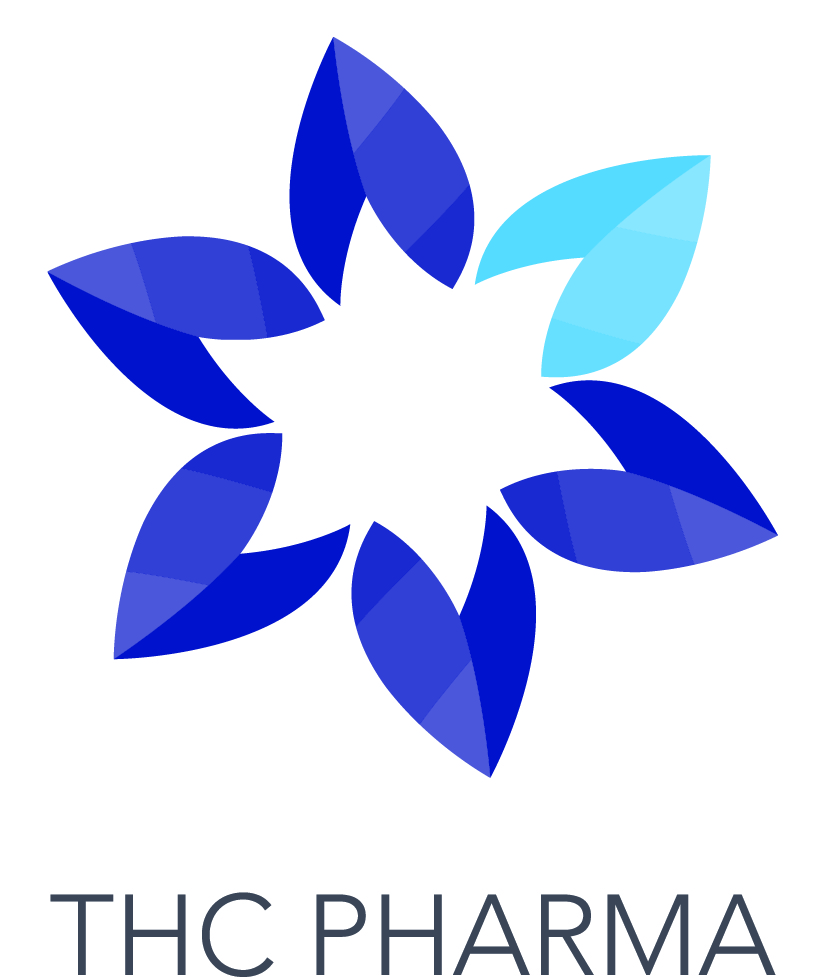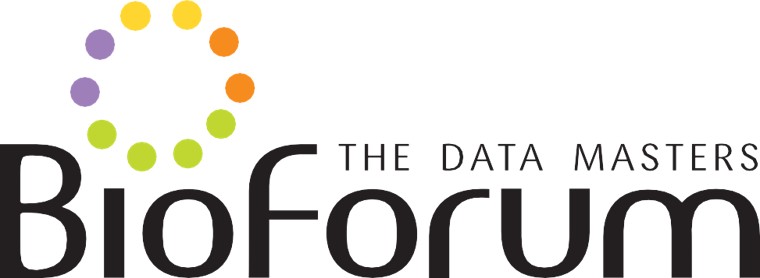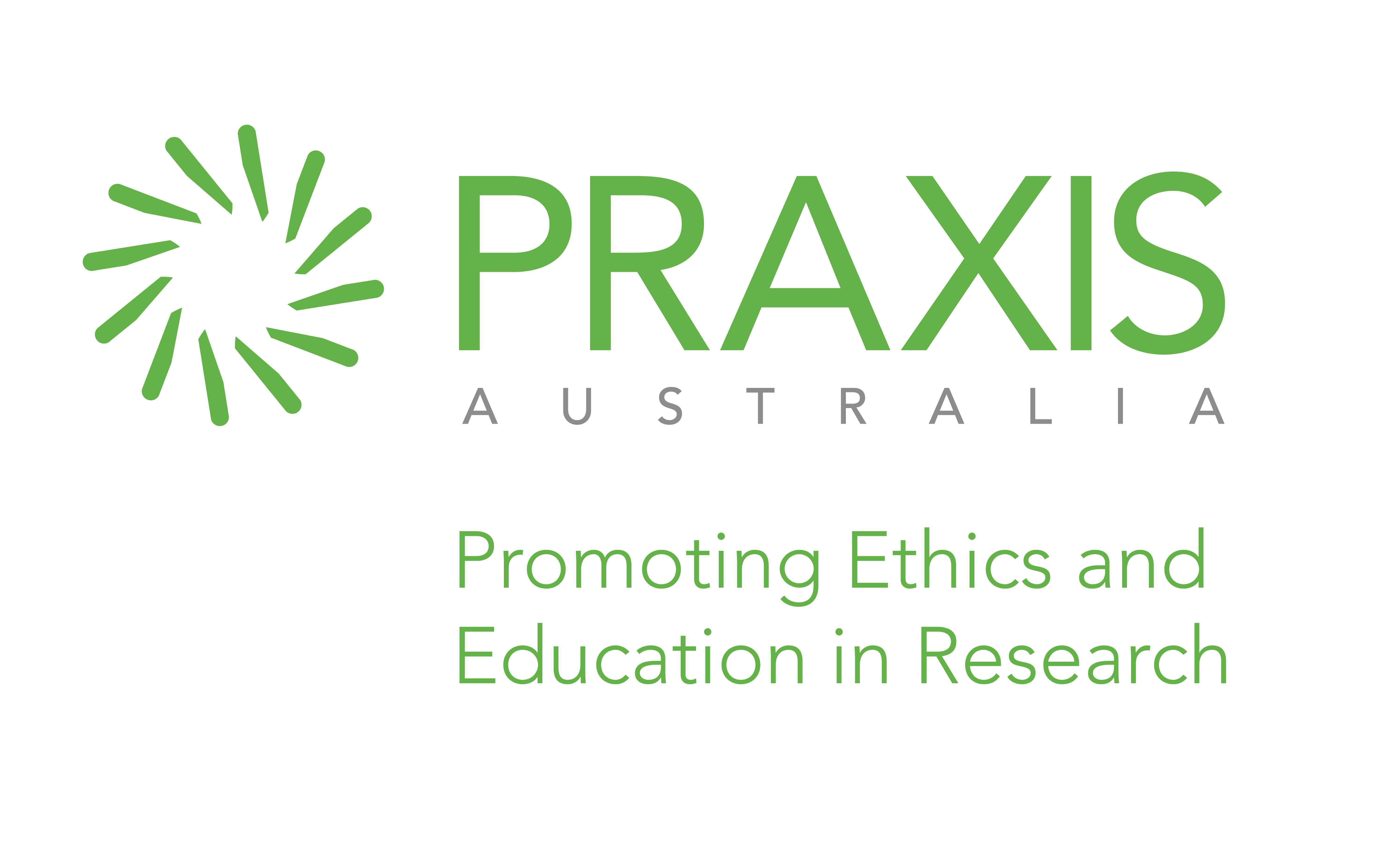Why Queensland?
Queensland’s network of bright minds and diverse disciplines, world-class services, trial sites, and broad patient population uniquely position Queensland to deliver clinical research excellence.
Strengths
Queensland is at the forefront of the nation’s teletrial capabilities, bringing clinical trials closer to home for patients in our regional communities and maximising patient recruitment year-round.
Value
Queensland’s clinical trials ecosystem accelerates the translation of research into improved practices and technologies, supporting startups and scaleups.
Governance
Queensland’s clinical trials processes are streamlined to enabled rapid start-up (4-6 weeks) and to ensure patient safety and easy access to our resources including our state-of-the-art facilities, clinical research sites practitioners, industry groups, researchers and study sponsors.
Sites
Queensland offers access to an ethnically diverse patient population across our cities, regional, rural, and remote areas; increasing the likelihood of meeting specific recruitment needs and accessing a large treatment-naïve population.
News updates
Trade Investment Queensland have launched their Queensland Clinical Trials Directory. A full ecosystem overview of service providers and sites in Queensland, Australia – PDF file
Queensland Health Clinical Trial Strategic Action Plan for increasing clinical trial activity 2022-2025-PDF file
